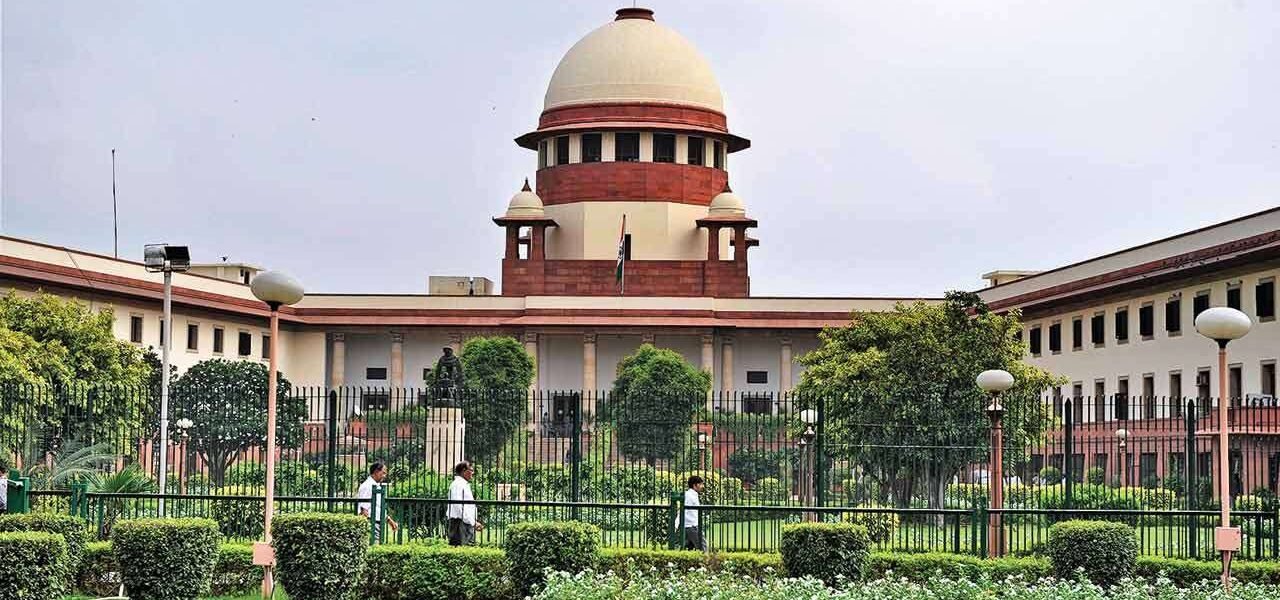The issue of sub-classification within Scheduled Castes (SCs) and Scheduled Tribes (STs) has been a topic of intense debate in India. The primary aim is to address the disparities and inequalities within these groups to ensure that the benefits of affirmative action reach the most marginalized sections. In this context, the OBC (Other Backward Classes) ‘creamy layer’ model has been proposed as a potential blueprint for this process. This blog explores the nuances of sub-classification of SCs and STs and evaluates whether the OBC model could effectively serve as a template for reform.
Understanding the Sub-classification of SCs and STs
Firstly, it’s important to grasp what sub-classification means. Sub-classification refers to the categorization of SCs and STs into smaller, more specific groups based on their socio-economic status. This approach aims to address the disparity within these communities by targeting benefits more precisely.
Currently, both SCs and STs are provided with various affirmative action benefits, including reservations in educational institutions and government jobs. However, there are significant disparities within these groups. For example, some sections of SCs and STs have achieved considerable socio-economic progress, while others remain extremely marginalized.
Consequently, the idea of sub-classification has emerged as a way to fine-tune these benefits. By dividing SCs and STs into categories based on their level of socio-economic development, it is possible to ensure that the most disadvantaged individuals receive targeted assistance.
The OBC ‘Creamy Layer’ Concept
To understand how the OBC model could apply, let’s first delve into the ‘creamy layer’ concept used for OBCs. In essence, the creamy layer refers to the relatively affluent or advanced section within the OBC category. This classification was introduced to ensure that the benefits meant for the backward classes reach the truly needy, rather than being consumed by those who have already progressed socio-economically.
To elaborate, the creamy layer criteria exclude individuals or families above a certain income threshold from availing the reserved benefits. This system was designed to prevent the perpetuation of advantages within relatively well-off families and ensure that the affirmative action benefits reach those who are economically backward.
Could the OBC Model Serve as a Blueprint?
The question then arises: can this OBC ‘creamy layer’ model be adapted for the sub-classification of SCs and STs? To explore this possibility, let’s consider several key factors:
1. Historical Context and Rationale
Firstly, the socio-economic dynamics of SCs and STs differ from those of OBCs. The OBC creamy layer model was developed to address specific issues within a particular demographic context. In contrast, the socio-economic conditions and historical disadvantages faced by SCs and STs are distinct and multifaceted. Therefore, any adaptation of the model must consider these unique aspects.
2. Implementation Challenges
Implementing sub-classification within SCs and STs based on a creamy layer model could face several challenges. For instance, defining precise criteria for sub-classification and ensuring accurate data collection could be complex. Moreover, there might be resistance from within these communities regarding the fairness and effectiveness of such measures.
However, if implemented effectively, this approach could potentially enhance the targeting of affirmative action benefits.Sub-classification of SCs STs OBC Creamy Layer Blueprint. By identifying and focusing resources on the most marginalized sections, the impact of reservations could be more pronounced and beneficial.
3. Potential Benefits
On the positive side, adopting a sub-classification model similar to the OBC creamy layer could lead to more equitable distribution of benefits. It would ensure that the most disadvantaged individuals within SCs and STs receive targeted support. Furthermore, it could help in addressing the concerns of inequality within these communities, thereby fostering greater inclusiveness.
Additionally, this approach could lead to more effective policy-making and resource allocation.Sub-classification of SCs STs OBC Creamy Layer Blueprint. With a clearer understanding of the needs of different sub-groups, policymakers could design interventions that are more aligned with the actual requirements of the population.
Conclusion
In summary, the sub-classification of SCs and STs is a complex and sensitive issue. While the OBC creamy layer model offers a potential blueprint, it is crucial to adapt it thoughtfully to the unique context of SCs and STs. By addressing implementation challenges and ensuring that the sub-classification process is fair and effective, it is possible to enhance the impact of affirmative action measures.
Ultimately, the goal should be to ensure that the most marginalized individuals within these groups receive the support they need. Therefore, while the OBC model provides a valuable reference point, any adoption should be done with careful consideration of the specific needs and conditions of SCs and STs.
The journey towards equitable development for all sections of society continues, and innovative approaches like sub-classification could play a significant role in achieving this objective.


